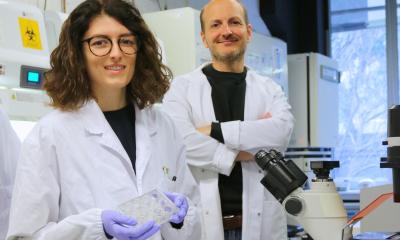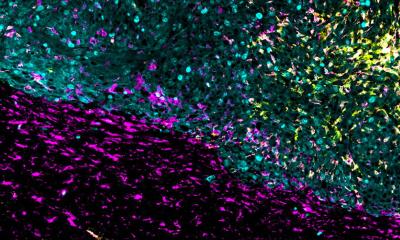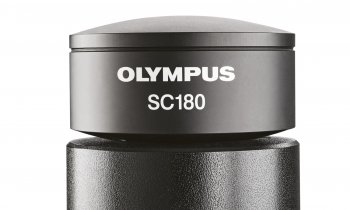Video • Photonics
Rapid tissue analysis: Laser light detects tumors
Cancer - this diagnosis affects almost every second German at some point in his life. It is the second most frequent cause of death in Germany. But the earlier the disease is diagnosed, the greater are the chances of surviving it.
A team of researchers from Jena present a groundbreaking new method for the rapid, gentle and reliable detection of tumors with laser light at the leading trade fair "Laser World of Photonics" from 24 to 27 June 2019 in Munich. For the first time, the Leibniz Institute of Photonic Technology (Leibniz IPHT) presents a compact device for rapid cancer diagnosis during surgery. The optical method will help surgeons to remove tumors more precisely and could make cancer operations possible without a scalpel.
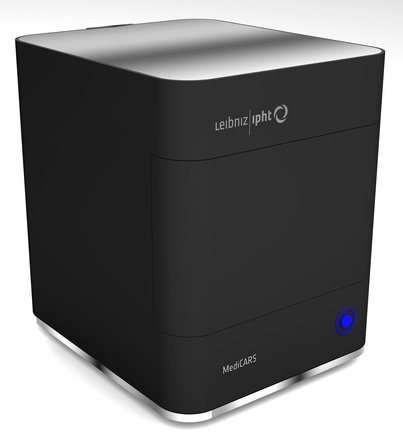
It can take up to four weeks before patients can be sure whether the entire tumor has been removed during cancer surgery. A time of agonizing uncertainty — in which any remaining tumor cells can already multiply again. A team of scientists from Jena has now researched a diagnostic procedure that could revolutionize the previous procedure: Using laser light, the researchers make cancerous tissue visible. This enables them to provide the surgical team with real-time information in order to reliably identify tumors and tumor margins and decide how much tissue needs to be cut away.
This is made possible by a compact microscope developed by a research team from the Leibniz Institute of Photonic Technology, Friedrich Schiller University, the University Hospital and the Fraunhofer Institute for Applied Optics and Precision Engineering in Jena. It combines three imaging techniques and uses tissue samples to generate spatially high-resolution images of the tissue structure during surgery. Software makes patterns and molecular details visible and processes them with the aid of artificial intelligence. The automated analysis is faster and promises more reliable results than the currently used frozen section diagnostics, which can only be evaluated by an experienced pathologist and still have to be confirmed afterwards.
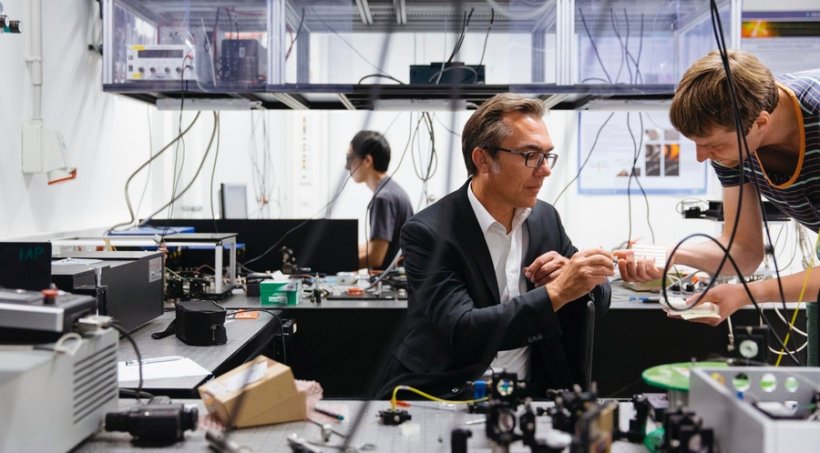
Photo: Sven Döring/ Leibniz-IPHT
One minute in the operating room is the most expensive minute in the entire clinic
Orlando Guntinas-Lichius
The optical method, for which the Jena scientists were awarded the renowned Kaiser Friedrich Prize in 2018, helps to prevent weakened patients from having to undergo another operation. It thus makes a significant contribution to improving their chances of recovery. Professor Jürgen Popp, scientific director of Leibniz IPHT, who was also involved in researching the laser rapid test, predicts that the compact microscope could be in the clinic in five years' time.
This could save the German healthcare system considerable costs. "One minute in the operating room is the most expensive minute in the entire clinic," explains Professor Orlando Guntinas-Lichius, Director of the Department of Otolaryngology at the University Hospital Jena. In the case of tumors in the head and neck area, for example, cancer cells are found after almost every 10th operation.
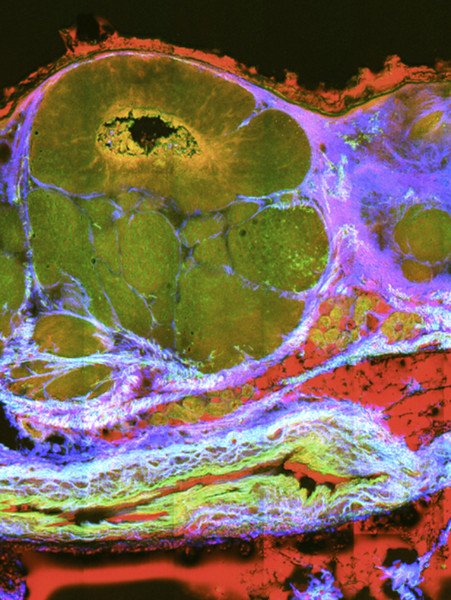
And the Jena researchers are already thinking ahead. They are researching a solution that would enable them to use the unique properties of light to detect tumors inside the body at an early stage and remove them immediately. "To do this, we need novel methods that no longer work with rigid optics, but with flexible endoscopes," says Jürgen Popp. Technologists at Leibniz IPHT produce such fiber probes: glass fibers that are thinner than a human hair. They open the way to minimally invasive medicine that makes gentle diagnosis and healing possible. "Our vision," says Jürgen Popp, "is to use light not only to identify the tumor, but to remove it immediately. This would eliminate the need for physicians to cut with a scalpel and would enable them to ablate the tumor layer by layer using light in order to remove the tumor from the patient completely". In ten to fifteen years, the research team hopes to find a solution. Popp predicts that this would "be a giant step towards completely new tumor diagnostics and therapy".
Source: Leibniz-IPHT
25.06.2019




